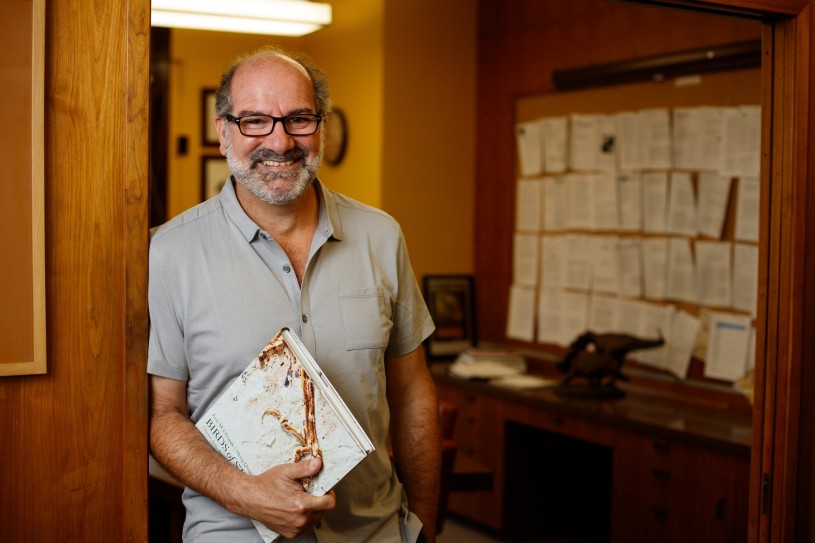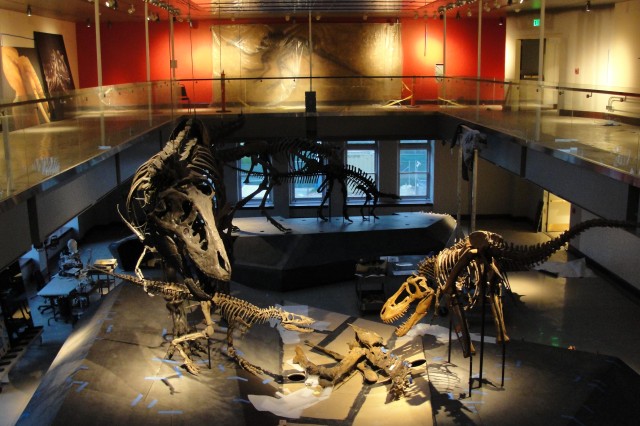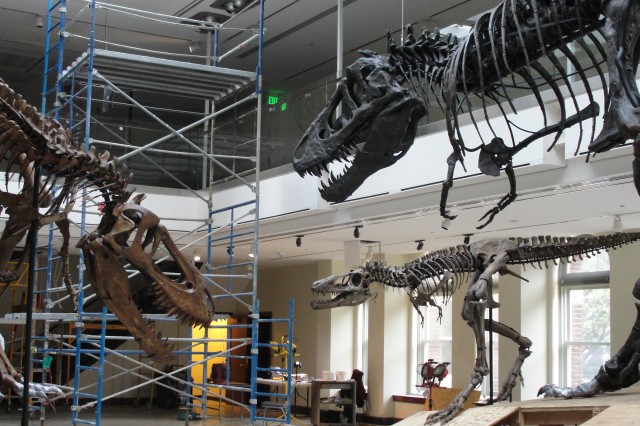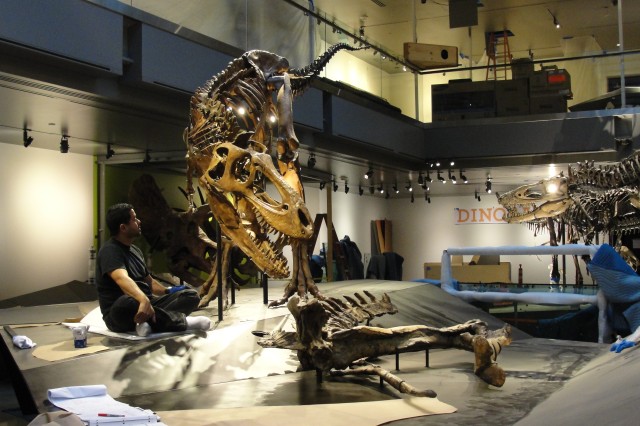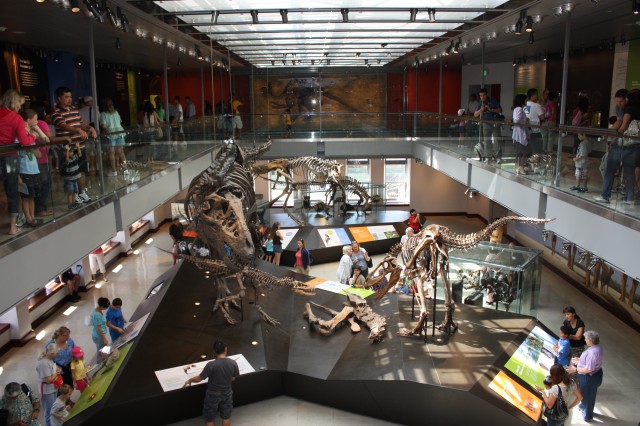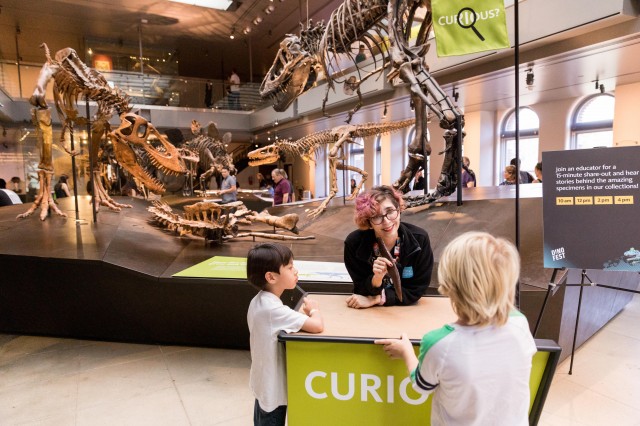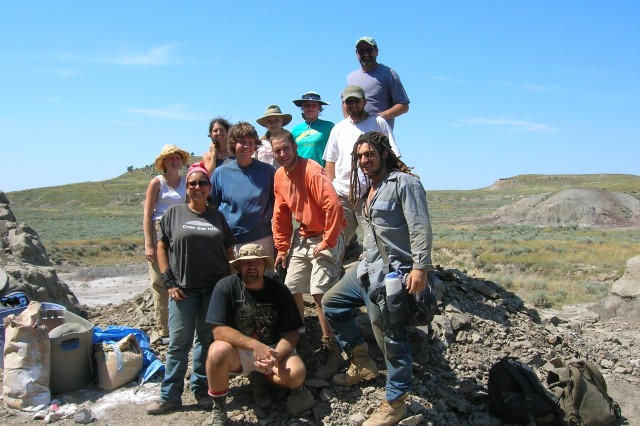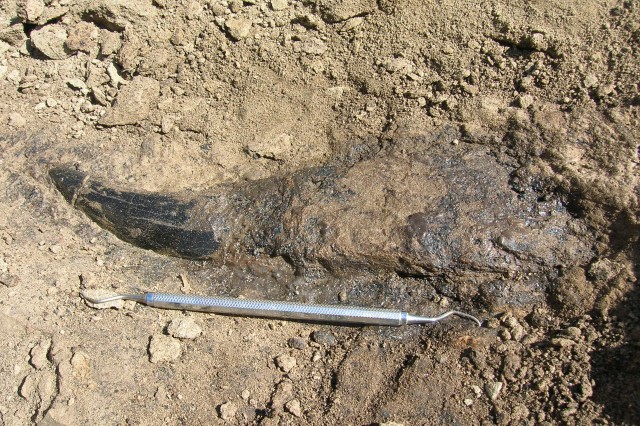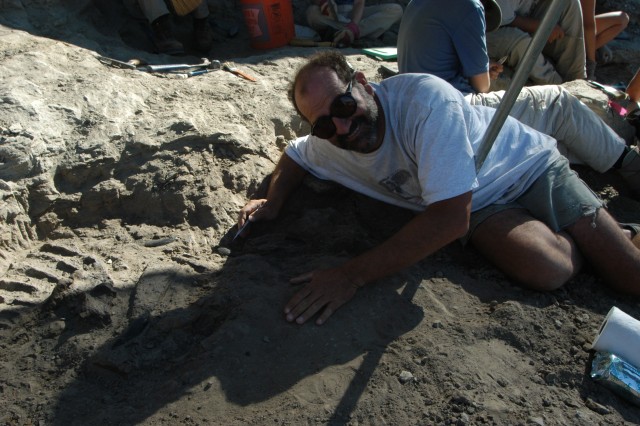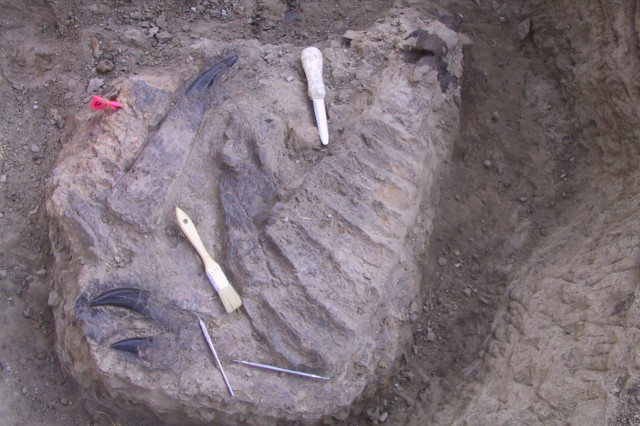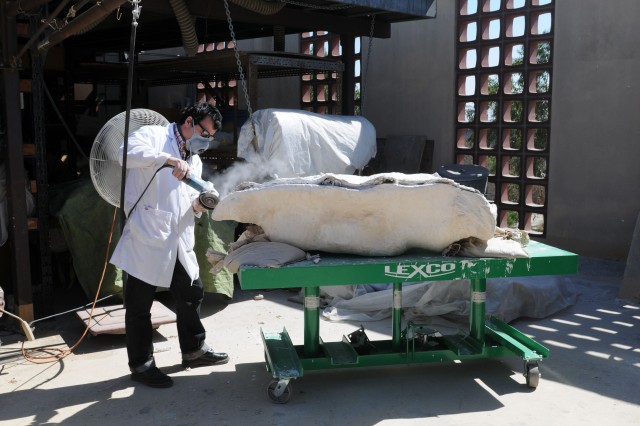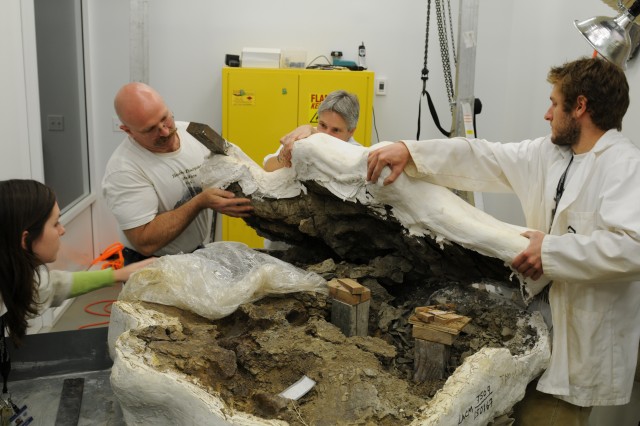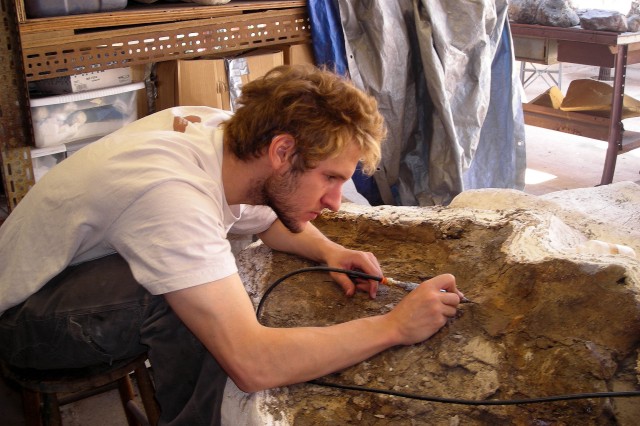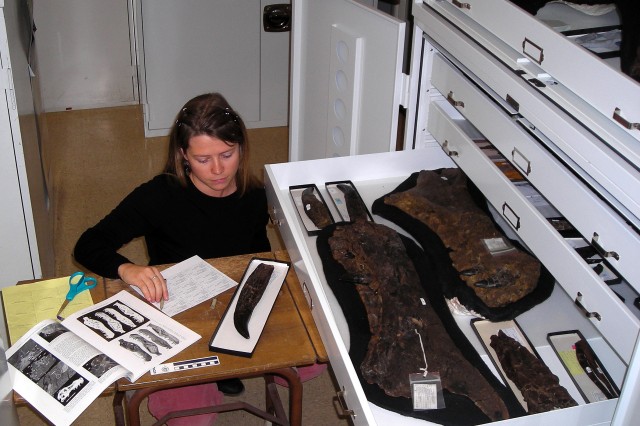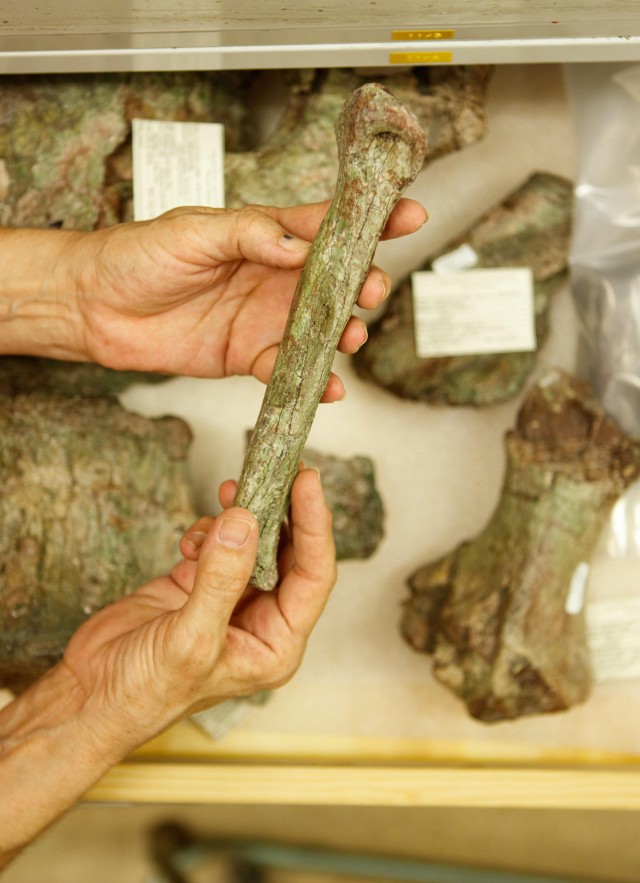
Welcome Back to the Dinosaur Institute Gazette!
Dear Friends,
I hope you had an enjoyable summer. Nate Smith and I were able to safely resume our field projects in Utah and New Mexico! We had smaller crews than during our pre-COVID expeditions, but still had a very successful summer, once again collecting numerous dinosaurs from the Triassic, Jurassic, and Cretaceous. In this issue of the DIG, we celebrate the 10th anniversary of the Jane G. Pisano Dinosaur Hall, and in our “Blast from the Past,” we take you back to the early 2000s, when our teams collected the spectacular remains of “Thomas,” now towering as part of the T. rex trio mounted in the Hall.
I hope you have your calendar marked for this Sunday, September 26th, when we will be having an in-person, day-long DinoFest at NHMLAC. At this event, we will offer diverse programming about fossils, paleontological expeditions, and scientific research, including an array of stations showcasing spectacular specimens, students talking about their research, and two engaging presentations by guest paleontologists. I look forward to seeing you there!
Warm regards,
Dr. Luis Chiappe
Senior Vice President, Research and Collections
Gretchen Augustyn Director of the Dinosaur Institute
Jane G. Pisano Dinosaur Hall
Ten years ago, in July 2011, the Jane G. Pisano Dinosaur Hall opened to long lines of people waiting to learn about the lives of dinosaurs. The construction of the Hall was a multi-year, cross-departmental project involving fieldwork, fossil conservation and curation, exhibition development and design, building construction, and many other tasks. The following photographs show only a few aspects of this long process, focusing mostly on the T. rex trio mounted in the Hall’s 1913 gallery.
The COVID pandemic led to the development of a vast array of virtual programming. The virtual tour of the Jane G. Pisano Dinosaur Hall is now available in an array of languages including Spanish, Mandarin, Korean, and Armenian, serving the multicultural communities of Los Angeles. We hope you enjoy a tour of the English version!
See Photos from the Excavation of "Thomas" the T. rex at the Montana Quarry
Prior to building the Jane G. Pisano Dinosaur Hall, the Dinosaur Institute launched an aggressive field program whose main goal was to build a much larger collection of dinosaurs to support the creation of the Hall. Between 2003 and 2005, working one month every summer, crews from the DI excavated a well-preserved, young adult T. rex from 66-million-year-old rocks in southeastern Montana (Carter County). These fossils strengthened the already strong collection of T. rex fossils of the Natural History Museum of Los Angeles County, and in time, they allowed us to display the only growth series of T. rex in the world.
Preparing "Thomas" the T. rex
The preparation and conservation of a fossil skeleton--its removal from the surrounding rock and its stabilization for long-term storage--is a lengthy process that far exceeds what it takes to collect the fossil. While it took 3 summers to collect 65% of the skeleton of the T. rex “Thomas”, it took 5-6 years to prepare it and get it ready for its mount.
In Case You Missed It...
Read previous issues of the Dinosaur Institute Gazette.
Thank you for supporting the Dinosaur Institute
